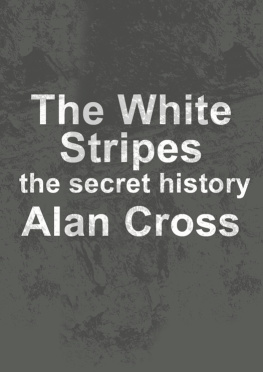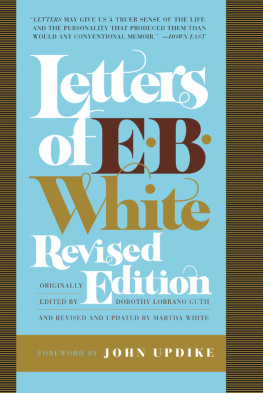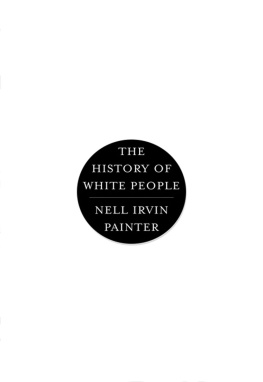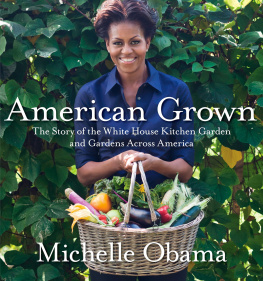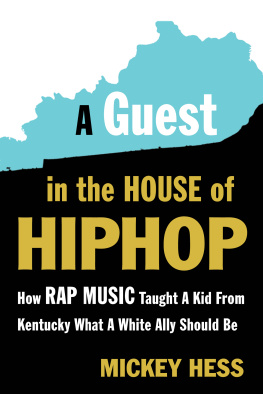OTHER PEOPLES PROPERTY
A SHADOW HISTORY OF HIP-HOP IN WHITE AMERICA
JASON TANZ

CONTENTS
1. White Like Me
An Introduction
2. Touring the Hood
Hunting for Reality in New York City
3. Spin Control
A History of Breakdancing in the Suburbs
4. Crossover
Hip-Pop Hits the Airwaves
5. Great White Hopes
Wegroes Shed Their Skin
6. Wiggaz4Life
White Gangstas in the Bubble
7. White-on-White Rhyme
8 Mile, Nerdcore, and Mooks
8. Selling Down
The Marketing of the Hip-Hop Nation
9. Lose Yourself
A Conclusion
For Denise
and
for Mom, Dad, and Laura
Whos down with O.P.P.?
Naughty By Nature, O.P.P.
Hip hop could care less what White people have to say.
Todd Boyd, The New H.N.I.C.: The Death of
Civil Rights and the Reign of Hip-Hop
Lets start with a deceptively simple question: What is hip-hop?
If youre a casual listener, or someone with a passive interest in popular culture, you probably think of hip-hop as a form of music, also known as rap, consisting of beats and rhymes. If you are well-versed in hip-hops history, you may use the doctrinal definition of hip-hop as a collection of four elements: MCing (or rapping), DJing, graffiti, and breaking (the form of street dance also known as b-boying, rocking, or breakdancing). If you are less rigid, hip-hop may refer to a broad swath of cultural expression, a collection of slang, fashion, music, marketing, art, and ethos. And if you are deeply invested in hip-hop, you may not even think of it as a noun but rather as an adjective that describes a mind-state, a confidence, a swagger, a commitment. It shows itself in the way you wear your clothes, and in the way that you walk, and in the attitude with which you slur your words. It is more than a music. More than a culture. It is a mode of being.
But however you think of hip-hop, you probably think of it as black. Ever since hip-hop first came barreling out of the Bronx a quarter century ago, it has been seen as a unique vehicle to express the hopes, dreams, fears, and trialsthe reality, to offer an oft-used buzzwordof African American life. Hip-hops favored mode has been gritty social realism, a sometimes nihilistic, sometimes joyous, sometimes angry depiction of the inner city. The white rock journalist Dave Marsh has said that when he first heard hip-hop music, his immediate thought was Finally, something white people cant steal. Spin magazine agreed: Hip-hop will not be consumed, read a 1988 article in its pages. This is a music that television, my parents, and any institution with a stake in protecting the old discourse simply cannot fuck with.
Well, perhaps not. Spin was using fuck with as a synonym for interact with, and over the past couple of decades, just about every element of mainstream American culture has, in one way or another, fucked with hip-hop. Network television shows are spiced with hip-hop humor, presidential candidates drop knowing references to the Atlanta hip-hop duo OutKast, and the gangsta rapper Snoop Dogg appears next to Lee Iacocca in advertisements for Chrysler automobiles. Just like previous paradigm shiftersfrom jazz to rock to punkhip-hop culture, which once felt alien and potentially revolutionary, has been fully integrated into American life.
It is, in a sense, an old story. The artistic expression of black struggle has always captivated white listeners, ever since groups of slaves converted their plantation woes into musical lamentations. The urge of sheltered suburban kids to turn to abrasive, foreign musicfrom rock to punk to technoas an outlet for their own frustrations and fantasies is almost as old as the suburbs themselves. And every generation has discovered new technology by which to infuriate and befuddle its parents, a goal that rap music has proved singularly successful at achieving. But despite the many parallels, hip-hop is a unique phenomenon. Unlike rock, which did not gain a foothold in popular culture until Elvis Presley gave a white face to its potentially threatening rhythms, raps performers and narratives have remained defiantly black for more than two decades. Even more important, hip-hop is seen, even by its detractors, as something beyond mere entertainment. More than any other musical form before it, hip-hop promises to provide insight into the lives and thoughts of an entire community of black Americans.
If our culture is an expression of our deepest fears, anxieties, and fantasies, then what does it mean that hip-hop has become our national soundtrack? In 1970, Tom Wolfe coined the expression radical chic to describe a cadre of moneyed white elites whose members entertained themselves by throwing dinner parties for the Black Panthers. Today, that prospect seems neither radical nor particularly chic. To an unprecedented degree, our popular culture consists of white people entertaining themselves with, and identifying with, expressions of black peoples struggles and triumphs. Racial dissonance has become an immutable fact of our everyday life. The rappers Method Man and Redman shill for Right Guard deodorant; soccer moms shout, You go, girl! at one another; white kids wear FUBU, a black-owned label whose name stands for For us, by us. Other Peoples Property examines how we got here, and what it means. It is a book about hip-hops mainstream white audience, the assumptions and subtexts and emotions that bubble just under the surface of our fandom.
In many ways, it is surprising that hip-hop has survived and thrived for so long. It is no secret that Americans are a wildly anxious people when it comes to race. In our post-PC, postwelfare reform age, the issue is deemed too sensitive or intractable to merit much discussion. In the 1950s, 1960s, and 1970s, civil rights activists sought political responses to the forces that segregated the country. Today we remain separated, but apart from an occasional affirmative action dustup or limp presidential commission, Capitol Hill and City Hall dont have much to say about the matter. In universities and office buildings, race is discussed only in the blandest terms; anything with the potential to cause offense can result in expulsion or lawsuits.
But the national conversation about race has not ended; instead, it has been coded into beats and rhymes. Many of the most important race-related discussions of the last two decades have concerned hip-hop music directly: anti-Semitic statements attributed to a member of the rap group Public Enemy in 1989; the 1992 controversy over Cop Killer, a song by Ice-Ts heavy-metal band; the criticism by presidential candidate Bill Clinton of Sister Souljah in 1992; the flap in 2001 over the rap CD made by Cornel West. The ongoing crack epidemic, the 1992 L.A. riots, inner-city gang warfareeven the semantics of the word niggerhave all been passionately analyzed and discussed through rap music. Small wonder that Public Enemys Chuck D memorably referred to rap as black Americas CNN, an alternative news source for those shut out of mainstream discourse. Hip-hop, and white Americas reactions to it, also shows us how the old racial verities of the 1960s and 70s have transformed, and provides a fruitful avenue through which to examine a complicated and confusing new world.
Hip-hop has also precipitated a radical shift in the racial self-image of the United States, providing a link between picket-fenced suburbia and the drive-by ghettos of the Bronx and Compton. At its best, the desire of white teenagers to identify themselves with the African American struggle represents an urge to connect and to overcome the artificial separations of our past. At its worst, it is a fantasy that equates garden-variety suburban alienation with the struggle of ghetto life, and that defines the black experience by the cartoonish swagger of paid entertainers. This book is about how hip-hop is consumed once it moves outside the inner cities that birthed it, away from the black community that has provided the bulk of its inspiration and artists, and into the furthest reaches of suburbia. It is an outsiders history, a look at how and why white people, and white culture at large, have consumed, interacted with, and used the narratives of young African American men.


